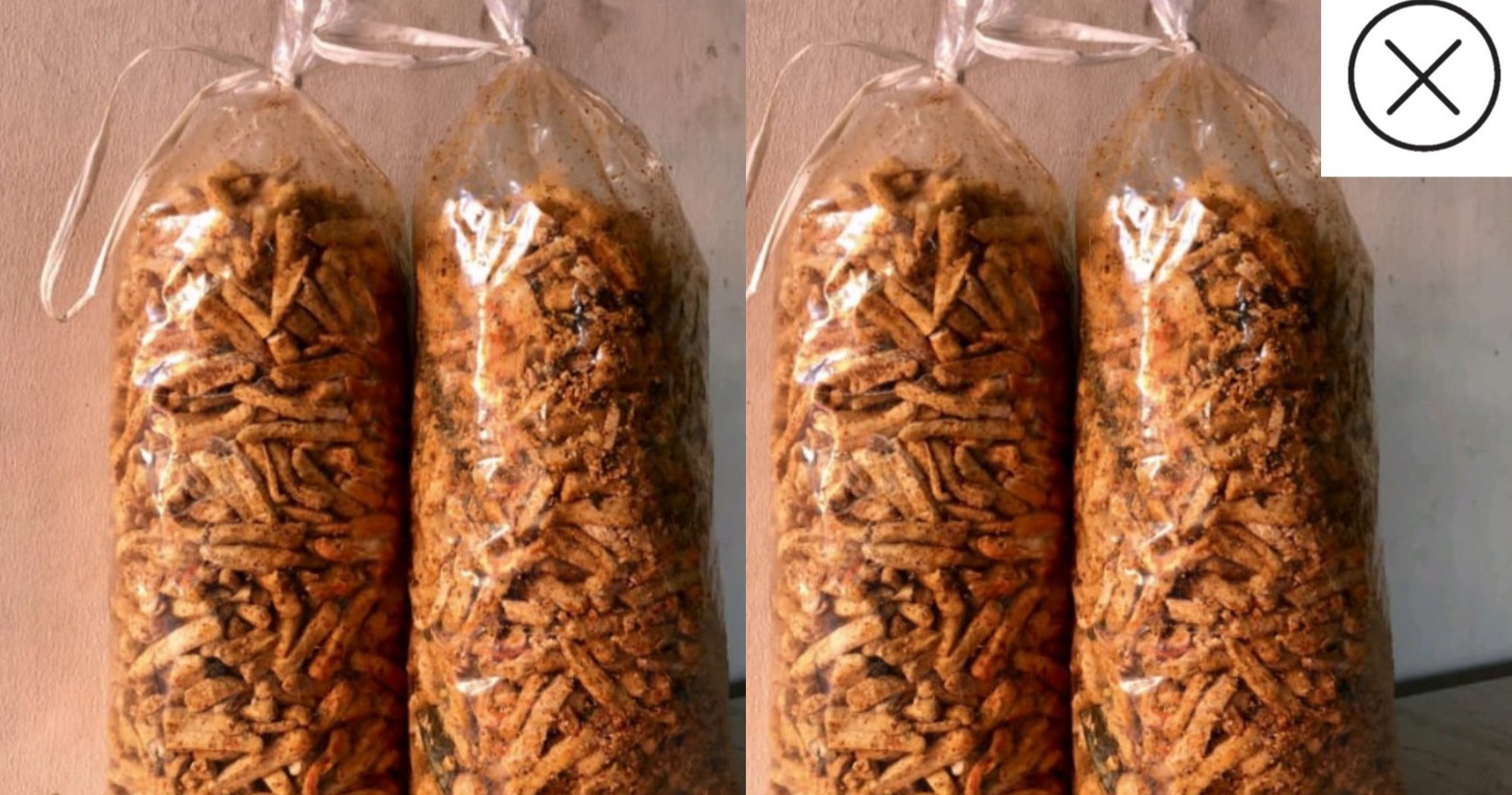Penis

The penis is the male sex organ, reaching its full size during puberty. In addition to its sexual function, the penis acts as a conduit for urine to leave the body.
The penis is made of several parts:
� Glans (head) of the penis: In uncircumcised men, the glans is covered with pink, moist tissue called mucosa. Covering the glans is the foreskin (prepuce). In circumcised men, the foreskin is surgically removed and the mucosa on the glans transforms into dry skin.
� Corpus cavernosum: Two columns of tissue running along the sides of the penis. Blood fills this tissue to cause an erection.
� Corpus spongiosum: A column of sponge-like tissue running along the front of the penis and ending at the glans penis; it fills with blood during an erection, keeping the urethra -- which runs through it -- open.
� The urethra runs through the corpus spongiosum, conducting urine out of the body.
An erection results from changes in blood flow in the penis. When a man becomes sexually aroused, nerves cause penis blood vessels to expand. More blood flows in and less flows out of the penis, hardening the tissue in the corpus cavernosum.
Penis Conditions
- Erectile dysfunction: A man's penis does not achieve sufficient hardness for satisfying intercourse. Atherosclerosis (damage to the arteries) is the most common cause of erectile dysfunction.
- Priapism: An abnormal erection that does not go away after several hours even though stimulation has stopped. Serious problems can result from this painful condition.
- Hypospadias: A birth defect in which the opening for urine is on the front (or underside), rather than the tip of the penis. Surgery can correct this condition.
- Phimosis (paraphimosis): The foreskin cannot be retracted or if retracted cannot be returned to its normal position over the penis head. In adult men, this can occur after penis infections.
- Balanitis: Inflammation of the glans penis, usually due to infection. Pain, tenderness, and redness of the penis head are symptoms.
- Balanoposthitis: Balanitis that also involves the foreskin (in an uncircumcised man).
- Chordee: An abnormal curvature of the end of the penis, present from birth. Severe cases may require surgical correction.
- Peyronie�s Disease: An abnormal curvature of the shaft of the penis may be caused by injury of the adult penis or other medical conditions.
- Urethritis: Inflammation or infection of the urethra, often causing pain with urination and penis discharge. Gonorrhea and chlamydia are common causes.
- Gonorrhea: The bacteria N. gonorrhea infects the penis during sex, causing urethritis. Most cases of gonorrhea in men cause symptoms of penis pain or discharge.
- Chlamydia: A bacteria that can infect the penis through sex, causing urethritis. Up to 40% of chlamydia cases in men cause no symptoms.
- Syphilis: A bacteria transmitted during sex. The initial symptom of syphilis is usually a painless ulcer (chancre) on the penis.
- Herpes: The viruses HSV-1 and HSV-2 can cause small blisters and ulcers on the penis that reoccur over time.
- Micropenis: An abnormally small penis, present from birth. A hormone imbalance is involved in many cases of micropenis.
- Penis warts: The human papillomavirus (HPV) can cause warts on the penis. HPV warts are highly contagious and spread during sexual contact.
- Cancer of the penis: Penis cancer is very rare in the U.S. Circumcision decreases the risk of penis cancer.
Penis Tests
- Urethral swab: A swab of the inside of the penis is sent for culture. A urethral swab may diagnose urethritis or other infections.
- Urinalysis: A test of various chemicals present in urine. A urinalysis may detect infection, bleeding, or kidney problems.
- Nocturnal penis tumescence testing (erection testing): An elastic device worn on the penis at night can detect erections during sleep. This test can help identify the cause of erectile dysfunction.
- Urine culture: Culturing the urine in the lab can help diagnose a urinary tract infection that might affect the penis.
- Polymerase chain reaction (PCR): A urine test that can detect gonorrhea, chlamydia, or other organisms that affect the penis.
Penis Treatments
- Phosphodiesterase inhibitors: These medicines (such as sildenafil or Viagra) enhance the flow of blood to the penis, making erections harder.
- Antibiotics: Gonorrhea, chlamydia, syphilis, and other bacterial infections of the penis can be cured with antibiotics.
- Antiviral medicines: Taken daily, medicines to suppress HSV can prevent herpes outbreaks on the penis.
- Penis surgery: Surgery can correct hypospadias, and may be necessary for penis cancer.
- Testosterone: Low testosterone by itself rarely causes erectile dysfunction. Testosterone supplements may improve erectile dysfunction in some men.
